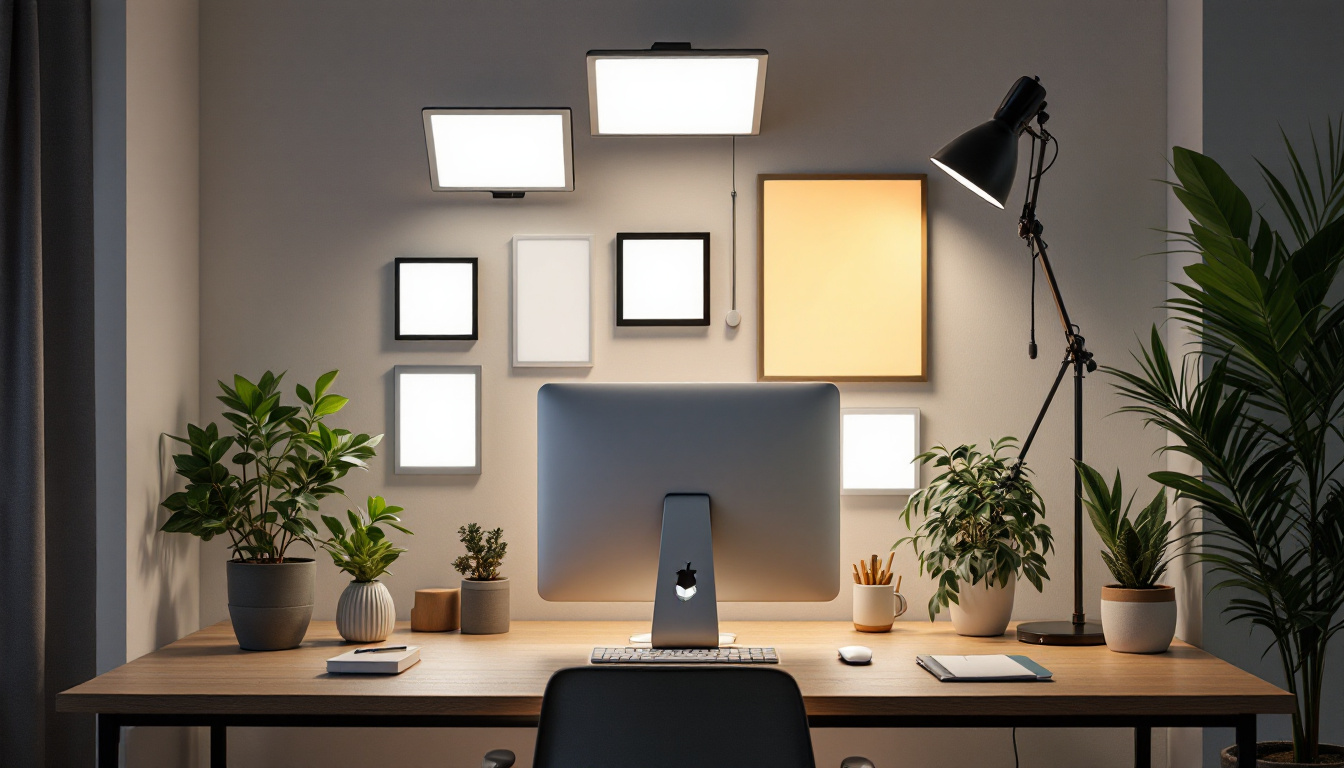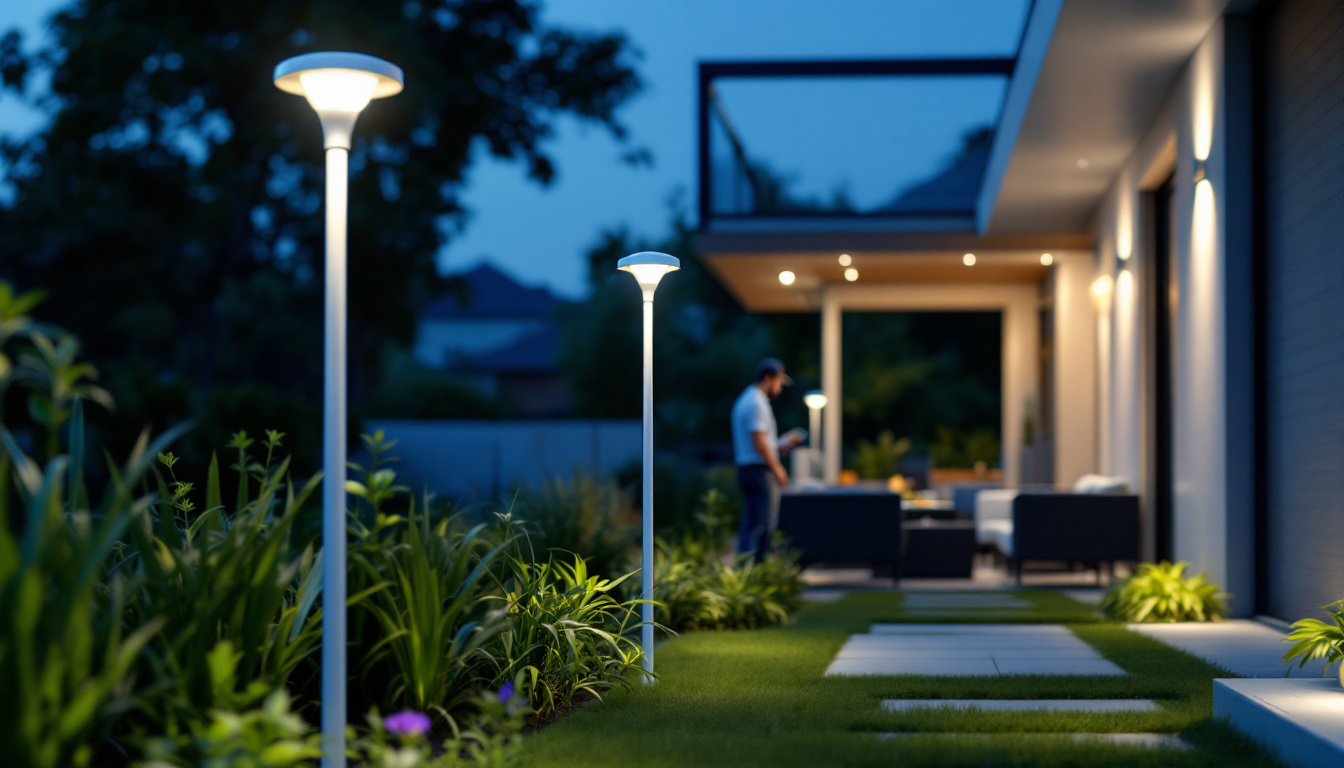

Lighting contractors play a pivotal role in enhancing the ambiance and functionality of spaces through effective lighting solutions. Among the various tools and techniques available, strip light attachments have gained significant popularity. These versatile lighting options offer a range of benefits but also come with their own set of challenges. This article delves into the pros and cons of strip light attachments, providing valuable insights for lighting contractors looking to incorporate them into their projects.
Strip light attachments, often referred to as LED strip lights, are flexible circuit boards populated with light-emitting diodes (LEDs). They are designed to provide illumination in a linear form, making them ideal for a variety of applications, from accent lighting to task lighting. Their adaptability allows for installation in numerous settings, including residential, commercial, and industrial environments. These lights can be cut to length, allowing for customization that fits perfectly into any space, whether it’s under cabinets, along stairways, or even in intricate architectural designs.
The growing trend towards energy-efficient lighting solutions has propelled the popularity of strip light attachments. Their compact size and ease of installation make them a go-to choice for many lighting contractors. Moreover, advancements in LED technology have led to a significant reduction in energy consumption, with many strip lights consuming up to 75% less energy than traditional incandescent bulbs. However, it is essential to weigh their advantages against potential drawbacks to determine if they are the right fit for specific projects. For instance, while they offer a long lifespan and low heat emission, the quality of light can vary based on the manufacturer, and some users may find that cheaper options do not provide the desired brightness or color accuracy.
In addition to their practical applications, strip light attachments also offer a unique opportunity for creative expression. With a wide range of colors and brightness levels available, users can create dynamic lighting scenes that enhance the ambiance of any environment. For example, RGB (Red, Green, Blue) strip lights allow for color-changing capabilities, enabling users to adjust the mood of a room with the touch of a remote control or smartphone app. This versatility makes them popular not just in homes but also in restaurants, bars, and event spaces, where lighting plays a crucial role in setting the atmosphere. Furthermore, the ability to integrate these lights with smart home systems means that users can automate their lighting, creating schedules or responding to voice commands, which adds an extra layer of convenience and modernity to any space.
One of the most significant advantages of strip light attachments is their versatility. They can be used in various settings, from under-cabinet lighting in kitchens to illuminating shelves and artwork in galleries. Their flexible design allows them to be cut to size, enabling contractors to tailor the lighting to fit any space perfectly.
Moreover, strip lights can be installed in hard-to-reach areas or unconventional spaces where traditional fixtures may not fit. This adaptability opens up creative possibilities for lighting design, allowing contractors to experiment with different configurations and effects.
Energy efficiency is a crucial consideration for modern lighting solutions. Strip light attachments, particularly those using LED technology, consume significantly less energy compared to traditional incandescent or fluorescent lights. This not only reduces electricity costs for clients but also contributes to a more sustainable approach to lighting.
Additionally, the long lifespan of LED strip lights means that replacements are less frequent, further minimizing maintenance costs. For lighting contractors, promoting energy-efficient solutions can enhance their reputation and appeal to environmentally conscious clients.
Strip light attachments are designed for straightforward installation. Many products come with adhesive backing, allowing them to be easily affixed to various surfaces without the need for complex mounting hardware. This ease of installation can save contractors valuable time on the job site, enabling them to complete projects more efficiently.
Furthermore, the lightweight nature of strip lights means that they can be installed in locations where heavier fixtures might require additional support. This flexibility can streamline the installation process and reduce labor costs, making strip lights an attractive option for contractors.
While strip light attachments offer versatility, they may not always provide the brightness needed for certain applications. In spaces that require high levels of illumination, such as workshops or large commercial areas, strip lights may fall short compared to traditional lighting fixtures.
Contractors must carefully assess the lighting requirements of each project and determine whether strip lights can meet those needs. In some cases, combining strip lights with other lighting solutions may be necessary to achieve the desired brightness and ambiance.
Although LED technology is known for its energy efficiency, strip light attachments can still generate heat, especially when used in long runs or high-output configurations. Excessive heat can lead to reduced performance and a shorter lifespan for the lights.
Lighting contractors need to consider heat dissipation when planning installations. Ensuring adequate ventilation and avoiding enclosed spaces can help mitigate heat-related issues, but these factors add complexity to the installation process.
Light quality is another consideration when using strip light attachments. Some lower-quality strip lights may produce uneven illumination or exhibit color inconsistencies. This can result in a less desirable aesthetic and may not meet the expectations of discerning clients.
Contractors should prioritize sourcing high-quality strip lights from reputable manufacturers to ensure consistent performance. Additionally, educating clients about the potential differences in light quality can help manage expectations and guide their choices.
Before incorporating strip light attachments into a project, lighting contractors should conduct a thorough assessment of the specific lighting needs. This includes evaluating the space’s size, purpose, and existing lighting conditions. Understanding these factors will guide the selection of appropriate strip lights and installation techniques.
Consulting with clients to determine their preferences and expectations is also crucial. By aligning the lighting design with the client’s vision, contractors can ensure satisfaction and foster a positive working relationship.
Not all strip light attachments are created equal. Contractors should invest time in researching and selecting high-quality products that meet industry standards. Factors to consider include lumen output, color temperature, and color rendering index (CRI).
Additionally, contractors should be aware of the different types of strip lights available, such as waterproof options for outdoor use or dimmable models for added flexibility. Choosing the right products will enhance the overall quality of the installation and ensure long-lasting performance.
Effective planning is essential for a successful installation of strip light attachments. Contractors should create a detailed layout that outlines the placement of the lights, taking into account factors such as power sources, heat dissipation, and accessibility for future maintenance.
Using tools such as light meters can help assess the illumination levels throughout the space, ensuring that the final result meets the desired standards. Additionally, having a clear installation plan can streamline the process and reduce the likelihood of errors or delays.
In a recent residential kitchen renovation, a lighting contractor utilized strip light attachments to enhance the space’s functionality and aesthetics. By installing LED strip lights under the cabinets, the contractor provided effective task lighting for food preparation while adding a modern touch to the kitchen design.
The flexibility of the strip lights allowed for precise placement, ensuring that the entire countertop was evenly illuminated. The energy-efficient nature of the lights also appealed to the homeowners, who were looking to reduce their energy consumption.
A lighting contractor was tasked with designing the lighting for a retail store that aimed to create an inviting atmosphere for customers. By strategically placing strip light attachments along the shelves and display cases, the contractor was able to highlight products and draw attention to key areas of the store.
The use of dimmable strip lights allowed for adjustments based on the time of day and customer traffic, enhancing the overall shopping experience. The success of this project demonstrated the effectiveness of strip lights in commercial applications, showcasing their ability to create an engaging environment.
In an office space transformation project, a contractor integrated strip light attachments into the design to promote productivity and well-being among employees. By installing the lights along the perimeter of the ceiling, the contractor created a soft, ambient glow that complemented the natural light from windows.
This innovative approach not only improved the overall lighting quality but also contributed to a more inviting and comfortable workspace. The positive feedback from employees highlighted the importance of thoughtful lighting design in enhancing workplace satisfaction.
Strip light attachments offer a range of advantages for lighting contractors, including versatility, energy efficiency, and ease of installation. However, it is essential to consider the potential drawbacks, such as limited brightness options and heat generation. By carefully assessing project requirements, choosing high-quality products, and planning installations effectively, contractors can harness the benefits of strip lights while mitigating their challenges.
Ultimately, the decision to incorporate strip light attachments into a project should be based on a thorough understanding of the specific needs and expectations of clients. By staying informed about the latest trends and technologies in lighting, contractors can continue to deliver innovative and effective solutions that enhance the spaces they work in.
Ready to elevate your lighting projects with the highest quality strip light attachments? Look no further than LumenWholesale, where we provide contractors with spec-grade lighting products at unbeatable wholesale prices. By choosing us, you eliminate the extra costs associated with local distributors and gain access to our premium selection that meets rigorous industry standards. Plus, with the convenience of free shipping on bulk orders, you can enjoy the best value without any hidden fees. Don’t compromise on quality or affordability. Wholesale Lighting at the Best Value is just a click away. Experience the LumenWholesale difference today!

Discover essential insights into light fixtures that every lighting contractor should know.

Discover essential insights into flat panel lights with our comprehensive guide tailored for lighting contractors.

Discover why purchasing high bay retrofits in bulk from local distributors might not be your best bet.

Discover why staying updated on LED and solar lighting technologies is crucial for lighting contractors.
Get notified when NEW deals are released.
Optimize your budget with wholesale discounts.
Only top-quality, specification-grade lighting products.
No additional costs at checkout - what you see is what you pay.
We understand the unique needs of contractors.